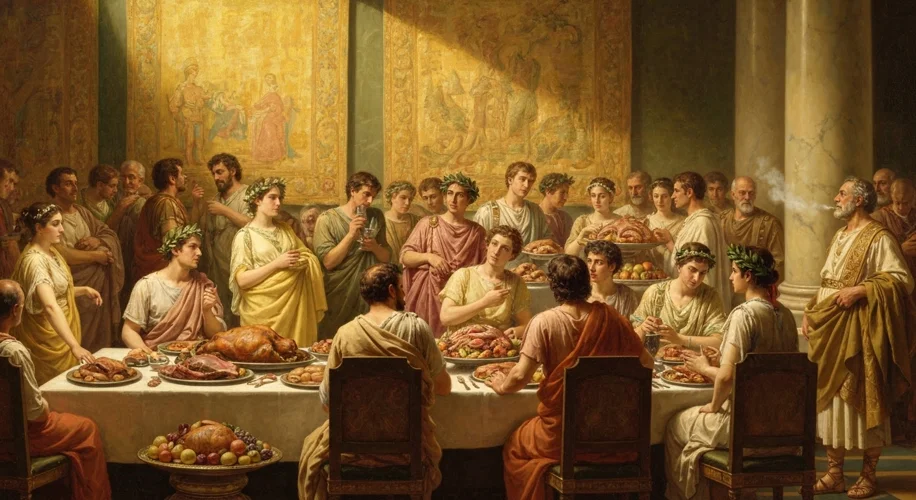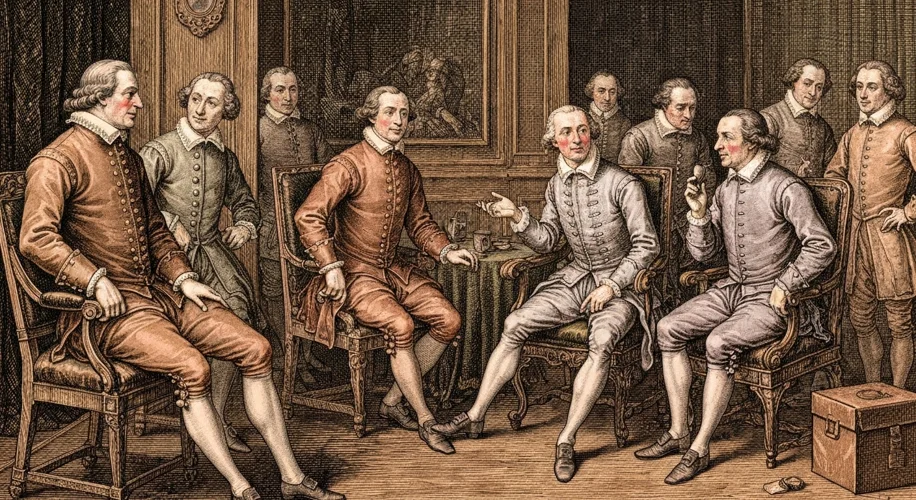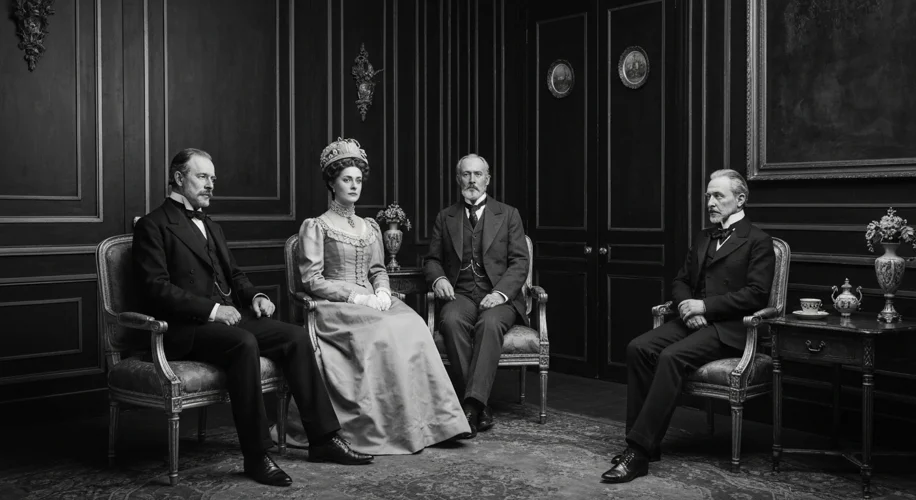We’ve all been there. That awkward silence, the subtle shift in the air, the knowing glances. The humble fart, a natural bodily function, has a surprisingly complex and often hilarious history when it comes to social acceptability.
For much of human history, the act of passing gas in public wasn’t the source of deep shame it is today. Imagine ancient Rome, a place known for its public baths and communal living. While certainly not an endorsement of unrestrained flatulence, the societal norms were far more relaxed. Records suggest that emperors and senators alike might have indulged in a discreet release without necessarily facing public condemnation. The focus was often on other bodily effluvia, such as sweat or urine, that were more readily visible or odoriferous in the close quarters of the time. Sanitation, as we understand it, was rudimentary, and the smells of daily life were a constant, varied presence.

The seeds of change, however, were sown during the medieval period. As societies grew more structured and courtly manners began to develop, a greater emphasis was placed on decorum and the concealment of bodily functions. Monasteries, with their strict routines and emphasis on purity, likely played a role in fostering a more reserved attitude. Yet, even in these times, the stigma wasn’t absolute. Popular literature and jests from the era occasionally referenced flatulence, suggesting it was a familiar, albeit sometimes coarse, element of life.
The real turning point, however, arrived with the Renaissance and, more profoundly, the Enlightenment. This era championed reason, refinement, and the development of what we now recognize as modern social etiquette. Think of the elaborate manners described in French courtly circles, where every gesture was scrutinized. The rise of the bourgeoisie and the burgeoning middle class brought with it a desire for social distinction and the policing of behaviors that could signal lower status or crudeness.
One of the key figures often cited in this shift is none other than Leonardo da Vinci. While famed for his art and inventions, he also penned observations on manners. In his writings, he touched upon the need for discretion in bodily functions, including flatulence. This reflects a broader cultural movement towards masking the more visceral aspects of humanity behind a veneer of civility.

By the 18th and 19th centuries, public farting had firmly cemented its place as a social taboo in Western societies. The Victorian era, with its prudishness and strict moral codes, would only further reinforce this. The unspoken rule was clear: silence was golden, and any audible or olfactory evidence of such a bodily process was a gross violation of social contract. This period saw the codification of many polite behaviors, and the suppression of natural bodily sounds became a hallmark of being ‘well-bred’. The very idea of addressing the topic openly was often considered more offensive than the act itself.
This historical trajectory reveals how a natural phenomenon can become deeply stigmatized through cultural evolution, the influence of social elites, and the changing ideals of civility. What was once a mere bodily function, perhaps even a source of coarse humor, transformed into a symbol of poor upbringing and social failure. The discomfort we might still feel today when faced with an unexpected gust of wind from a fellow human is a direct echo of centuries of evolving social norms, a testament to the power of politeness, and perhaps, a lingering discomfort with the raw, unvarnished reality of our own biology.


